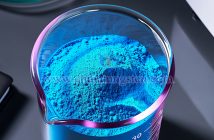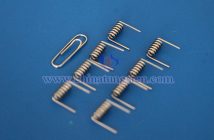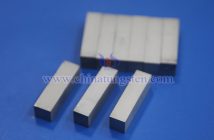As a typical representative of rare earth tungsten electrodes, the cerium-tungsten electrode is an electrode product with an appropriate amount of cerium oxide added to a tungsten base. It is a non-radioactive, refractory, or non-consumable metal electrode material, serving as the preferred substitute for thorium-tungsten electrodes. Known in English as the cerium tungsten electrode, it features a gray color-coded tip. The cerium oxide content is generally 2%, with electrode diameters ranging from 0.5 mm to 12.0 mm and lengths of 150 mm or 175 mm.
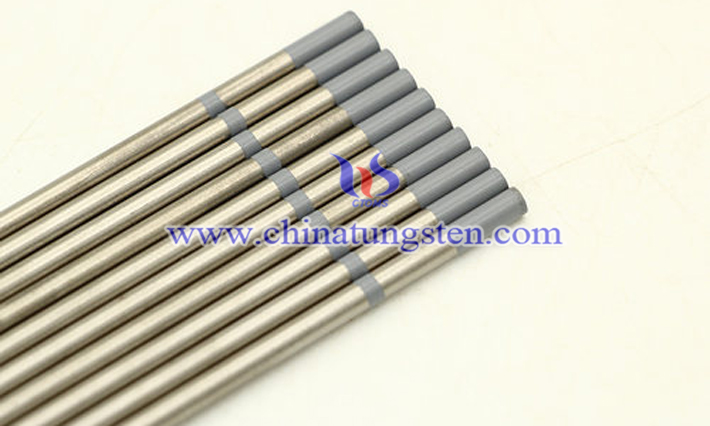
In terms of physicochemical properties, cerium-tungsten electrodes are characterized by low melting rate, erosion resistance, good weldability, long service life, easy arc initiation at low voltages, high arc column stability, high reliability for repeated arc initiation, and no radioactivity. Note: As cerium oxide content increases, the electrode’s erosion resistance and arc initiation improve; however, weldability gradually declines with extended use.
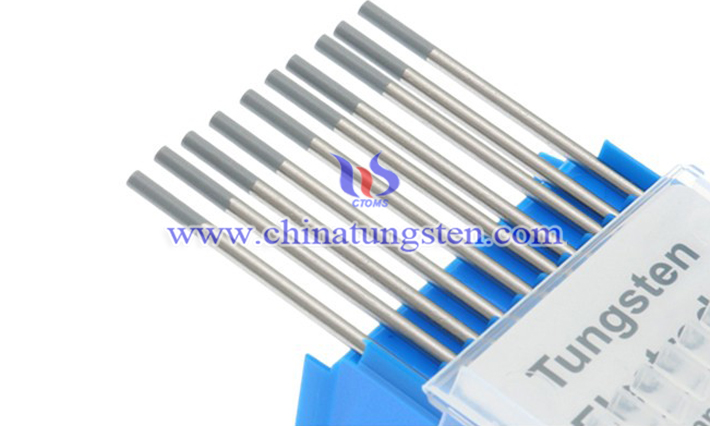
Regarding production processes, the manufacturing steps for cerium-tungsten materials include: adding a cerium salt solution to tungsten trioxide, followed by drying and calcination, then subjecting the resulting material to a two-stage reduction in a hydrogen tubular furnace. The obtained cerium-tungsten powder is pressed into blank rods, pre-sintered in a hydrogen molybdenum wire furnace, and then subjected to high-temperature sintering under hydrogen protection to form metal cerium-tungsten blank rods. This is followed by hot rotary forging, with annealing added during the process. Finally, the rods are straightened, cut, and cleaned according to finished product specifications.
In terms of applications, cerium-tungsten electrodes can be used in both direct current (DC) and alternating current (AC) welding, though they are prone to splitting during AC welding. They are applied in inert gas shielded arc welding, atomic hydrogen welding, argon arc overlay welding, pulse argon arc welding, plasma welding, plasma cutting, plasma spraying, and plasma smelting. They are suitable for welding materials such as carbon steel, stainless steel, silicon copper, copper, bronze, and titanium.

